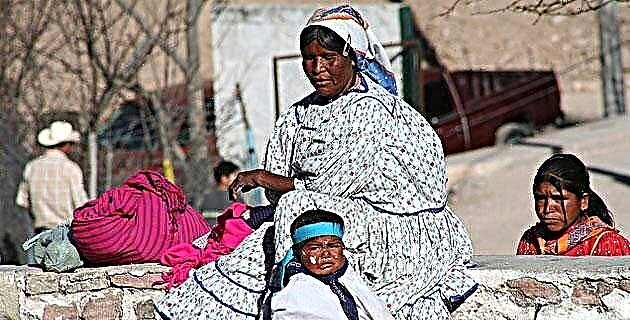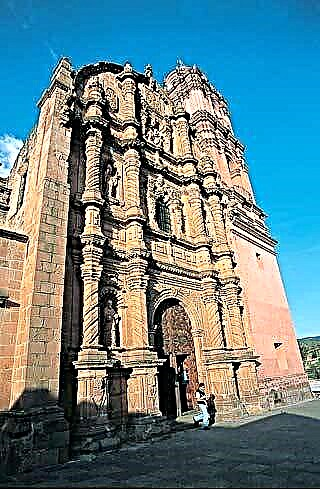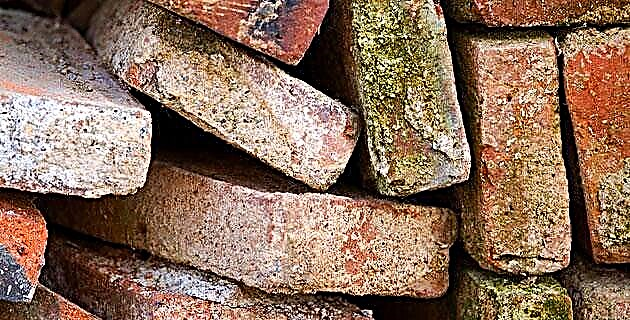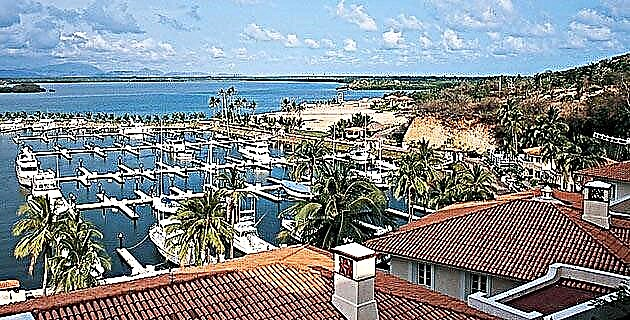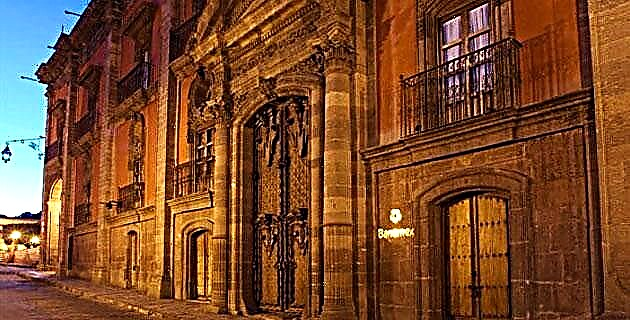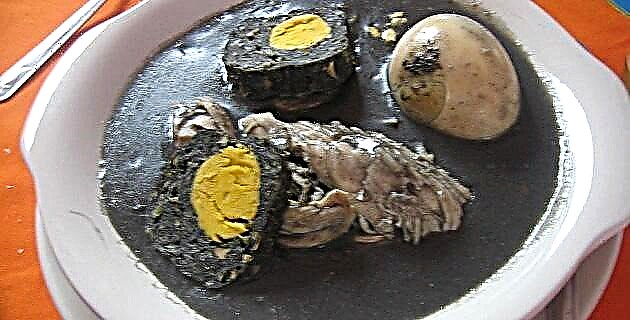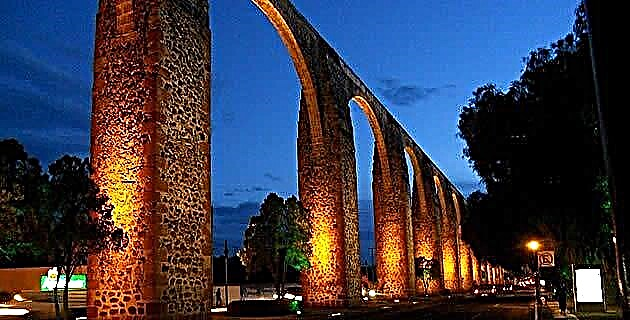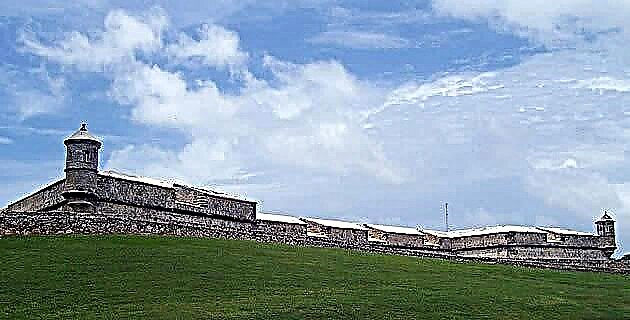
Who has never read, as a child or adolescent, the adventures of pirates, those intrepid sailors capable of facing the enemy with cannon fire, attacking and looting entire villages or searching for treasure on deserted islands?
If anyone can tell these stories as true facts, they are the Campechanos, heirs of an important city that was attacked in the past by several pirates, for which they had to build a great wall around them and a series of fortifications to protect themselves. Over time, these historical and architectural features made it a World Heritage Site, recognized by UNESCO, on December 4, 1999.
Located to the south west of the Yucatan peninsula, the city of Campeche is the only port in the region. It has a remarkable Puerta de Tierra, formed by a part of its enormous original wall, 400 meters long by 8 meters high. Its squared streets look flawless after its buildings were restored and painted in bold colors. They invite you to visit them. Zone “A” of historical monuments presents an irregular hexagon shape of 45 hectares and corresponds to the city that was walled.
In this area there is a high density of properties of patrimonial value, such as the Cathedral with its famous Christ of the Holy Burial, carved in ebony with silver inlays, much like the images of Seville, Spain; the temple of San Román and his Black Christ; and the Teatro del Toro with its neoclassical façade. Of all the fortification system, it is worth visiting the Fort of San Miguel, built in the 18th century, converted into a wonderful museum of Mayan and colonial art.
Historical environment
Like other Caribbean towns, Campeche was systematically attacked by various pirates, standing out Laurent Graff or “Lorencillo”, who is said to have carried off the doors and windows of houses in 1685. To stop these attacks it was decided to build an impressive wall 2.5 kilometers long, 8 meters high and 2.50 wide around the town, which was completed around 1704. This great wall had four entrances, of which only two remain: the sea and land gates. Along with the wall several military structures were also erected to complement its defense. Its square, facing the sea, was shown surrounded by the main civil and religious buildings.
In the early years of the 19th century it had its heyday when it became the largest exporter of the so-called dye stick, a raw material with which the red ink in great demand in Europe was made at that time. At the end of that same century, several sections of the wall that faced towards the sea were demolished.
Universal values
In his evaluation, the Historic Center was classified as an urban model of colonial baroque settlement. Its fortification system was a notorious example of military architecture developed in the 17th and 18th centuries as part of a defense system established by the Spanish to protect the ports established in the Caribbean Sea from pirates. The preservation of a small part of its extensive wall, and the fortifications were also decisive factors for its recognition. In a comparative analysis, Campeche was placed at the level of cities with similar heritage value, such as Cartagena de Indias (Colombia) and San Juan (Puerto Rico).

